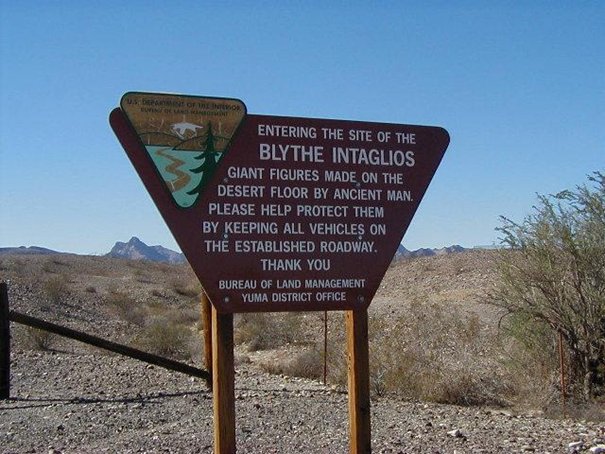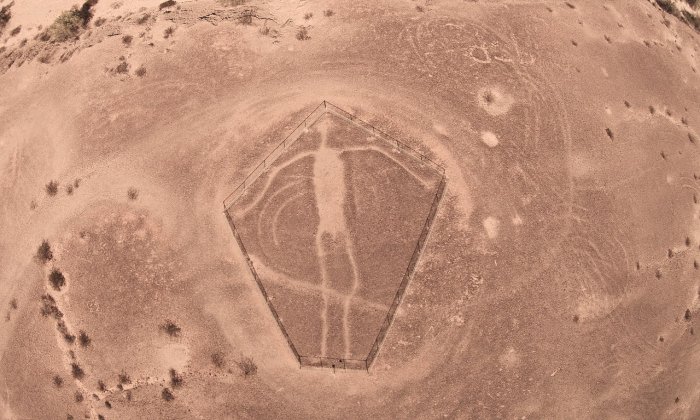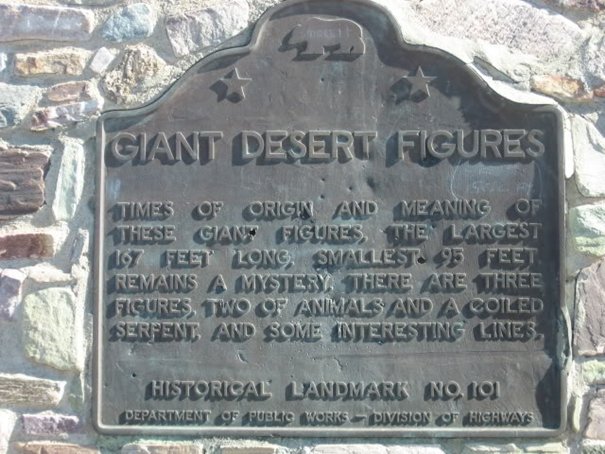Cryptic North American Blythe Intaglios Reveal The Creator Of Life: Who Was This Unknown Being?
Ellen Lloyd - AncientPages.com - The Blythe Intaglios are not as famous as the Nazca Lines in Peru, but they are equally interesting and hold many secrets to our puzzling evolutionary past.
In the American Southwest and adjacent Mexico, there are over 300 remarkable intaglios.The most famous is the Blythe Intaglios, located west of the Colorado River about 15 miles north of Blythe, California.
Here we come across gigantic human and animal figures carved on the ground. Just like Peru's wonderful and intriguing Nazca lines, these figures can only be seen properly from the air, which is the reason they weren't discovered by white men until the 20th century.
If you plan on seeing the Blythe Intaglios - be careful and watch your steps. The carvings are very sensitive to damage.
In 1930, aviator George Palmer flew over the region and spotted enormous outlines of a man, a woman, a horse, a coiled snake.
He reported his find to the Southwest Museum but lacking funds because of the Depression, they couldn't investigate the figures until 1952. It was first when the National Geographic Society and the Smithsonian Institution sent airborne archaeologists to the site that the world learned about these fascinating huge carvings.
The Blythe Intaglios in the desert of California consist of six distinct figures in three locations, including a human figure at each location and an animal figure at two locations. The largest human figure measures 171 feet from head to toe.
The age of carvings is unknown. However, scientists estimate the Blythe Intaglios to be between 450 to 2000 years old. Ancient artists created the figures using the intaglio process.
Blythe Intaglios. Image credit: Rsfinlayson - CC BY-SA 4.0
They scraped away a shallow layer of dark surface soil and rock to reveal light-colored soil underneath, and piled dark gravel around the figures to outline them. Though portions of the effigies can be seen if one is standing right next to them, they are virtually invisible just a few feet away. Neither adjacent hills nor distant mountains offer clear views of the Intaglios.
It is possible to go and see the Intaglios, but one should be careful because these carvings susceptible to damage.
Any mark made on the desert pavement will be visible for many centuries. This is why it was decided they should be fenced to prevent further damage.
The carvings are intriguing because we do not know who or what they represent. We also do not know who their creators were.
The larger of the figures, thought to be the outline of a woman, is about 175 feet long. Her outstretched arms span 158 feet. Near her is an anatomically correct male figure, about 95 feet tall. There's also a 53-foot-long, four-footed creature that's been alternatively identified as a panther, a coyote, or a horse.
According to the stories told by modern-day Mohave and Quechan Indians the human figures represent Mastamho, the Creator of Earth and all Life, while the animal figures represent Hatakulya, one of two mountain lions who helped in the Creation. Sacred ceremonial dances were held in the area in ancient times to honor the creation.
The creators of these mysterious desert carvings, but are long gone. All we have left is a cryptic message they left to future generations.
The Blythe Intaglios still remains an unsolved mystery. Perhaps the clue to this ancient mystery can be found in the fact that the figures can best be seen from the air. Were they intended to be watched and admired by someone who possessed the ability to fly?
Written by Ellen Lloyd – AncientPages.com
More From Ancient Pages
-
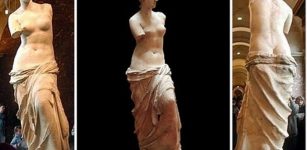 On This Day In History: Statue Of Venus de Milo Is Discovered On The Aegean Island Of Milos – On Apr 8, 1820
News | Apr 8, 2016
On This Day In History: Statue Of Venus de Milo Is Discovered On The Aegean Island Of Milos – On Apr 8, 1820
News | Apr 8, 2016 -
 Stunning Facial Reconstruction Of Saint Ludmila’s Sons Of The Czech Royal Premyslid Dynasty
Archaeology | Mar 8, 2021
Stunning Facial Reconstruction Of Saint Ludmila’s Sons Of The Czech Royal Premyslid Dynasty
Archaeology | Mar 8, 2021 -
 Ancient Entrance Gate Found In Biblical City Of Bethsaida (Zer) Where Jesus Performed His Deeds Of Power
Archaeology | Jul 11, 2018
Ancient Entrance Gate Found In Biblical City Of Bethsaida (Zer) Where Jesus Performed His Deeds Of Power
Archaeology | Jul 11, 2018 -
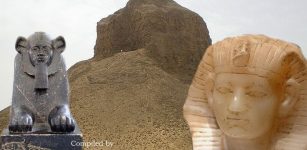 The Black Pyramid Of Amenemhat III – Mysterious Underground Chambers And Lost Ancient Treasures
Featured Stories | Aug 9, 2021
The Black Pyramid Of Amenemhat III – Mysterious Underground Chambers And Lost Ancient Treasures
Featured Stories | Aug 9, 2021 -
 The Chinese Nostradamus And His Striking Predictions
Featured Stories | Sep 15, 2018
The Chinese Nostradamus And His Striking Predictions
Featured Stories | Sep 15, 2018 -
 Bizarre Mummies And Skeletons That May Offer Evidence Strange Mythical Creatures Did Exist
Ancient Mysteries | Nov 16, 2018
Bizarre Mummies And Skeletons That May Offer Evidence Strange Mythical Creatures Did Exist
Ancient Mysteries | Nov 16, 2018 -
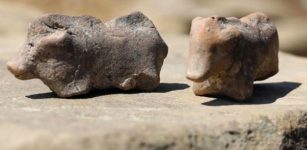 Unique 3,500-Year-Old Clay Pig Figurines Used As Children’s Toys Found In Poland
Archaeology | Aug 19, 2020
Unique 3,500-Year-Old Clay Pig Figurines Used As Children’s Toys Found In Poland
Archaeology | Aug 19, 2020 -
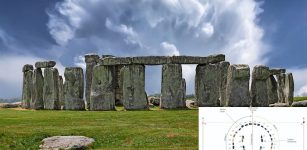 Stonehenge Served As An Ancient Solar Calendar And We Know How It Worked – Scientists Say
Archaeology | Mar 2, 2022
Stonehenge Served As An Ancient Solar Calendar And We Know How It Worked – Scientists Say
Archaeology | Mar 2, 2022 -
 How Pre-Industrial Communities in Northeastern Europe Adapted to Climate Changes Over the Past Two Millennia
Archaeology | Feb 3, 2025
How Pre-Industrial Communities in Northeastern Europe Adapted to Climate Changes Over the Past Two Millennia
Archaeology | Feb 3, 2025 -
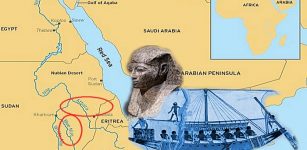 Mysterious Location Of The Amazing Land Of Punt – Can This Puzzle Be Solved One Day?
Featured Stories | Jul 18, 2016
Mysterious Location Of The Amazing Land Of Punt – Can This Puzzle Be Solved One Day?
Featured Stories | Jul 18, 2016 -
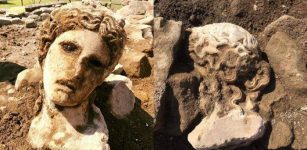 Magnificent 2,000-Year-Old Marble Head Of God Dionysus Discovered In Rome
Archaeology | Jun 17, 2019
Magnificent 2,000-Year-Old Marble Head Of God Dionysus Discovered In Rome
Archaeology | Jun 17, 2019 -
 Cretaceous Fossil From Antarctica Reveals Earliest Modern Bird
Fossils | Mar 6, 2025
Cretaceous Fossil From Antarctica Reveals Earliest Modern Bird
Fossils | Mar 6, 2025 -
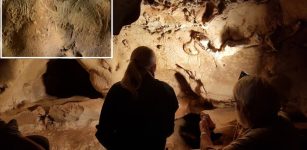 Neanderthal Cave Engravings Identified As Oldest Known, More Than 57,000 Years Old
Archaeology | Jun 22, 2023
Neanderthal Cave Engravings Identified As Oldest Known, More Than 57,000 Years Old
Archaeology | Jun 22, 2023 -
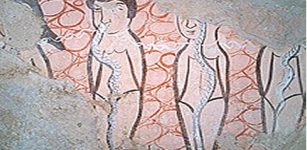 Ancient Monastery In The Middle Of ‘Syria’s Stonehenge’ – Underground Caves, Tombs, Stone Circles Older Than Pyramids
Civilizations | Nov 13, 2015
Ancient Monastery In The Middle Of ‘Syria’s Stonehenge’ – Underground Caves, Tombs, Stone Circles Older Than Pyramids
Civilizations | Nov 13, 2015 -
 God Ptah ‘Lord Of Memphis’ Was Among The Most Revered Creator Gods Of Ancient Egypt
Egyptian Mythology | Apr 17, 2018
God Ptah ‘Lord Of Memphis’ Was Among The Most Revered Creator Gods Of Ancient Egypt
Egyptian Mythology | Apr 17, 2018 -
 Ancient City Filled With Treasures May Be Hidden Underground In South America
Ancient Mysteries | Jul 20, 2018
Ancient City Filled With Treasures May Be Hidden Underground In South America
Ancient Mysteries | Jul 20, 2018 -
 On This Day In History: He Wanted The Bible To Be Available To All – Burned At The Stake On Oct 6, 1536
News | Oct 6, 2016
On This Day In History: He Wanted The Bible To Be Available To All – Burned At The Stake On Oct 6, 1536
News | Oct 6, 2016 -
 Beware Of The Night Marchers – Deadly Ghosts Of Warriors Who Kill With Just One Look
Featured Stories | Jul 23, 2019
Beware Of The Night Marchers – Deadly Ghosts Of Warriors Who Kill With Just One Look
Featured Stories | Jul 23, 2019 -
 Large Statue Of Ancient Guardian Discovered At Angkor Wat
Archaeology | Aug 7, 2017
Large Statue Of Ancient Guardian Discovered At Angkor Wat
Archaeology | Aug 7, 2017 -
 Medieval Celtic Mystery Written In Konungs Skuggsja – The King’s Mirror
Featured Stories | Sep 13, 2018
Medieval Celtic Mystery Written In Konungs Skuggsja – The King’s Mirror
Featured Stories | Sep 13, 2018

